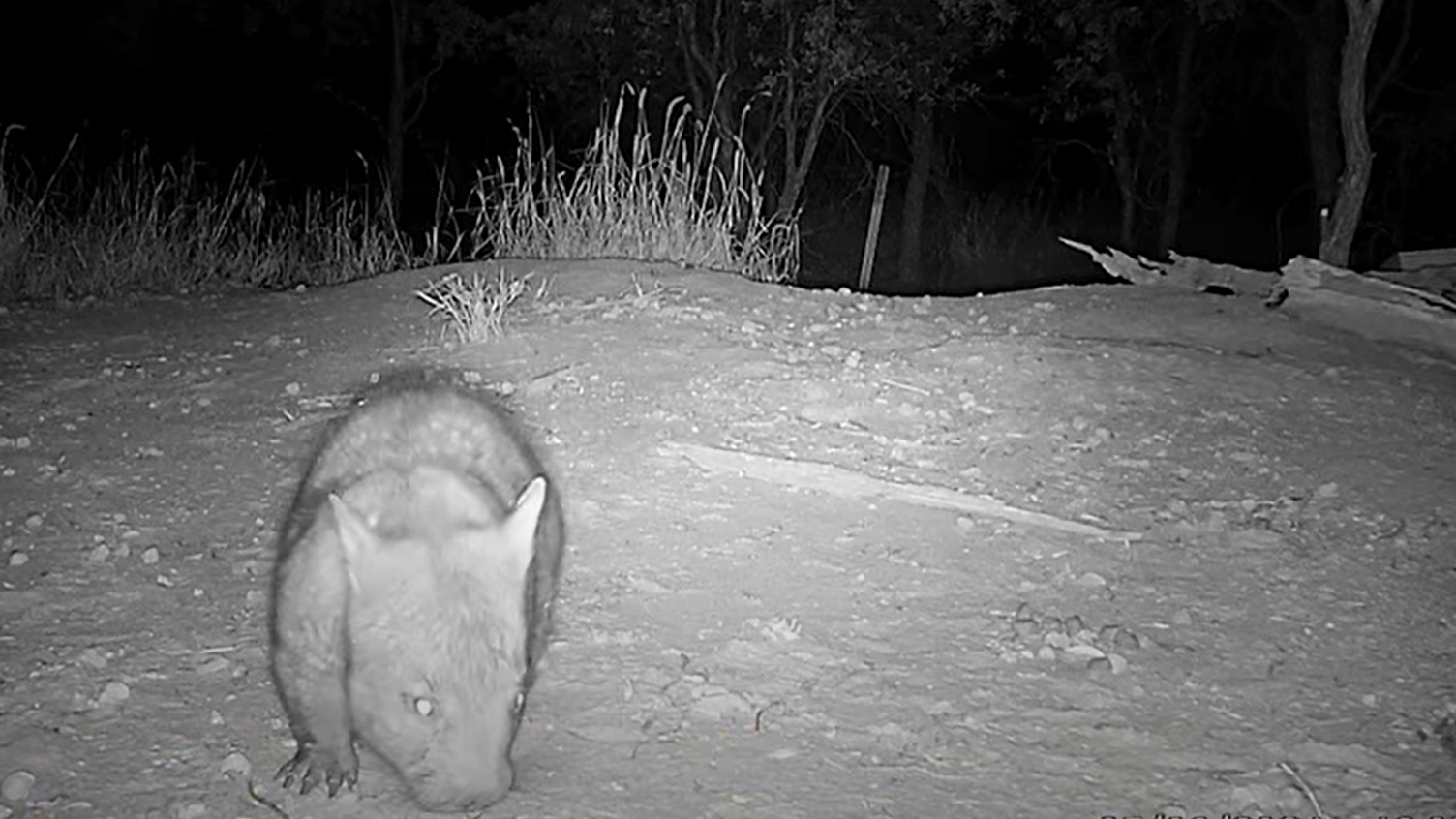
Australian conservationists were thrilled recently when a trail camera captured an intriguing interaction between an echidna, and a critically endangered northern hairy-nosed wombat.
While the echidna seemingly wants to be friends, the wombat is having none of it, getting clearly annoying and kicking dirt up in the air.
Tim Flannery from the Australian Museum in Sydney said he has never seen an interaction like it in his entire career.
"It’s a nervous wombat and a happy echidna," he says.
Two of Australia’s most iconic native animals, echidna’s and wombats have both faced significant threats to their existence over the years.
The northern hairy-nosed wombat (Lasiorhinus krefftii) hit their lowest numbers in the 1990s, when there were fewer than 35 individuals living in a single, small reserve in central Queensland – making the wombats one of the rarest larger mammals on Earth at the time.
After a significant attempt to protect the species over the previous few decades, numbers in the area have grown to almost 400.
The best trail cameras, also known as camera traps, are proving instrumental in conservation efforts to protect many species. The world needs more trail cameras in more places, including Tanzania, where rangers are being taught how to utilize the technology.
While trawling through hundreds of hours of trail camera footage, Andy Howe at the Australian Wildlife Conservancy in Newcastle, Australia, where 15 northern hairy-nosed wombats now live, the footage of the wombats clearly stood out.
The trail camera footage of the juvenile northern hairy-nosed wombat tells the scientists a few things. Firstly, its healthy appearance and its foraging behavior shows that the wombats are doing well in the area. Similarly, its young age shows that the population is successfully rearing young.
To see such natural, wild behaviour for a creature that came so close to extinction is "fantastic," says Flannery.
"This is very heartening to see these wombats doing so well," he says. Now it has been proven how well translocation has worked, he suggests new populations should be established elsewhere as quickly as possible.
Take a look at our guides to the best trail cameras, the best cameras for wildlife photography, and the best cameras for beginners.







